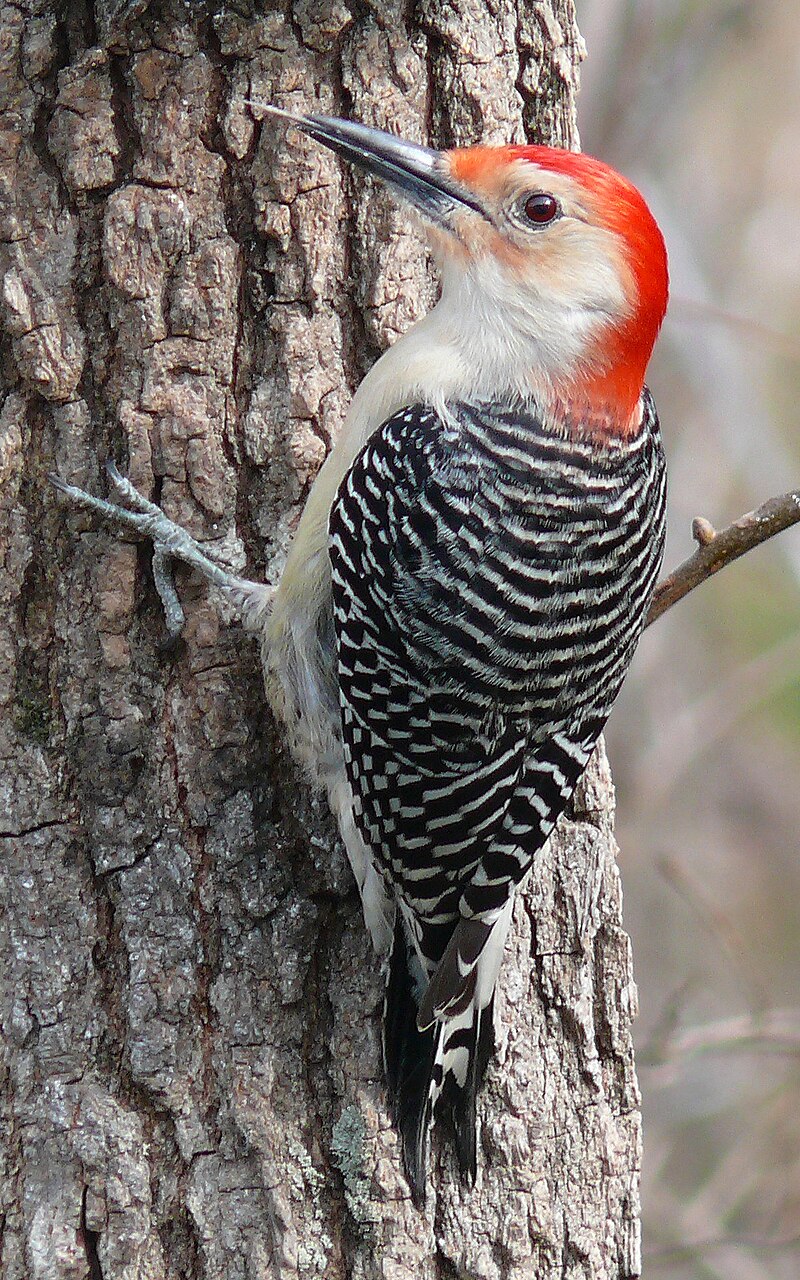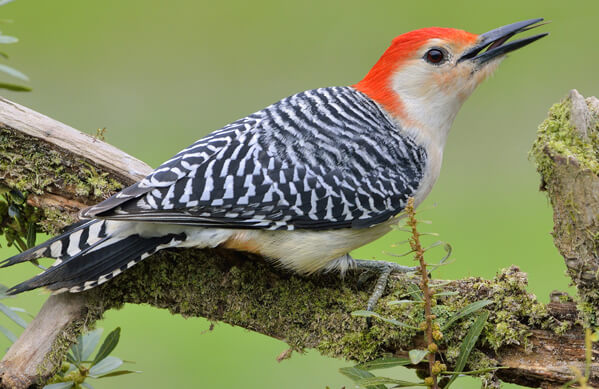Discovering Woodpeckers in Florida: Types Variety and Natural History
Discovering Woodpeckers in Florida: Types Variety and Natural History
Blog Article
Introducing the Tricks of Woodpeckers: Behavior, Habitat, and Extra
Woodpeckers, with their unique behaviors and specialized adaptations, have lengthy interested researchers and nature enthusiasts alike. By uncovering the secrets surrounding woodpeckers' behavior and environment selections, a much deeper understanding of these avian wonders arises, using a peek into their fascinating world.
Woodpecker Actions Insights
In taking a look at woodpecker behavior, a remarkable display screen of specialized abilities and adaptations arises, clarifying their impressive ecological niche - Woodpeckers in Florida. Woodpeckers, understood for their unique drumming on trees, possess a variety of behavioral traits that contribute to their survival and success in their atmosphere. One vital actions is their drumming, which serves numerous functions such as communication, developing region, attracting mates, and situating food resources. This rhythmic pecking likewise showcases their exceptional strength and endurance, as they can hammer away continually at broadband without causing damage to themselves.
In addition, woodpeckers show a special feeding habits identified by their capability to remove pests from tree bark using their specialized beaks. Their long, barbed tongues help in capturing target, while their strong neck muscle mass offer security and accuracy throughout pecking activities. This feeding method enables woodpeckers to accessibility surprise insect larvae and remove them with amazing performance.
Environment Preferences and Choice
What aspects influence the environment choices and selection of woodpeckers? Woodpeckers are extremely versatile birds known to inhabit numerous atmospheres worldwide. They do show choices for certain environment qualities. One crucial factor affecting woodpecker habitat selection is the schedule of ideal nesting websites. Woodpeckers normally prefer woodlands with a mix of mature trees that provide adequate chances for dental caries excavation. These tooth cavities function as crucial nesting and roosting sites for woodpeckers and are crucial for their breeding success.
In addition, woodpeckers reveal a preference for environments with a plentiful supply of food sources. They are largely insectivorous, feeding upon beetles, ants, larvae, and various other insects located in worn out wood or tree bark. Woodpeckers often tend to favor wooded areas with a diverse insect populace to meet their dietary requirements.
Furthermore, the presence of dead or decaying trees is another crucial consider woodpecker environment choice. These trees not only supply food resources but additionally use suitable substrate for tooth cavity excavation. Dead trees are essential for the upkeep of healthy woodpecker populations, as they play an important function in the woodpeckers' life cycle and community characteristics.
Feeding Behaviors and Diet Composition
Woodpeckers show a specialized feeding behavior concentrated on foraging for bugs within various environments. Their diet plan largely is composed of bugs such as beetles, ants, caterpillars, and spiders, which they find by touching on tree bark and paying attention for the audio of motion inside. Woodpeckers use their solid beaks to pierce right into the timber and their lengthy, barbed tongues to remove target from holes. Along with insects, woodpeckers additionally eat tree sap, fruits, nuts, and seeds, adding variety to their diet depending upon the period and availability of food resources.
The foraging techniques of woodpeckers are well-adapted to their arboreal lifestyle (Woodpeckers in Florida). Their capability to dig deep into wood not just gives them with food but likewise assists in developing nesting tooth cavities and establishing territories. Woodpeckers play a critical role in maintaining the health of forests by regulating insect populaces and aiding in the disintegration of wood. Comprehending go right here their feeding behaviors and diet plan structure is crucial for preservation efforts aimed at preserving these unique and beneficial birds.
Drumming Sounds and Communication
Utilizing rapid drumming sounds on different surface areas, woodpeckers utilize a distinctive form of communication to indicate area borders and bring in friends. This drumming behavior is not just a way of communication yet additionally acts as a method for woodpeckers to establish their visibility within a specific location. The strength, rate, and pattern of the drumming can share important info to other woodpeckers in the vicinity.
Woodpeckers utilize drumming noises to announce their visibility in a territory and to warn off prospective trespassers. The loud and repeated nature of the drumming serves as a clear signal to other woodpeckers that the location is already asserted. look at these guys This helps in decreasing disputes and decreasing physical fights in between individuals.

Survival Adaptations and Specialized Anatomy

Final Thought
Finally, woodpeckers show unique actions, such as drumming noises for communication, and have actually specialized composition for survival in their picked habitats. Their feeding practices and diet plan composition additionally demonstrate their flexibility to different atmospheres. By recognizing helpful site these facets of woodpeckers, researchers and preservationists can much better protect and preserve these fascinating birds and their environments.
Report this page